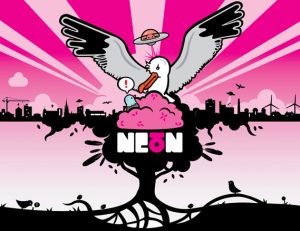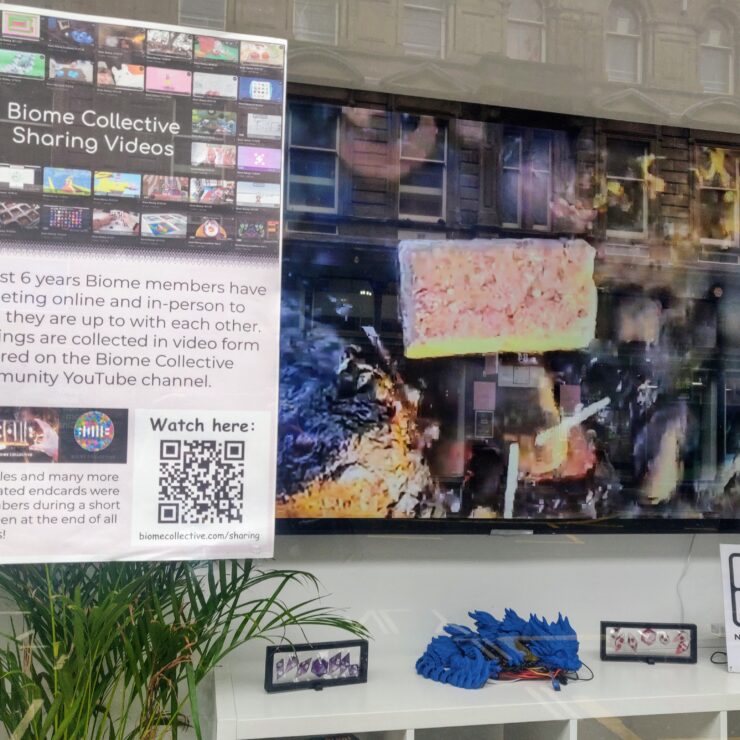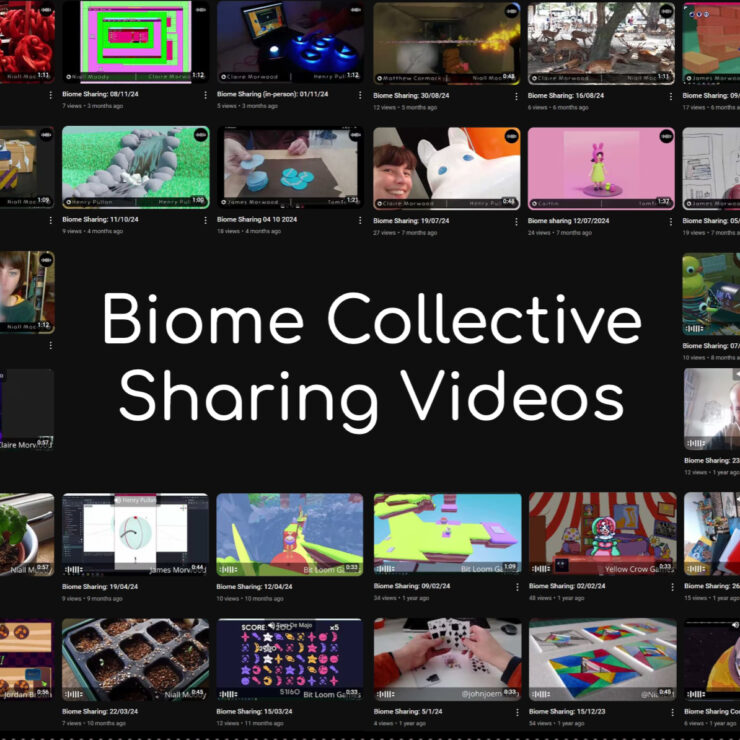NEoN Interview – No 2

Second edition in the NEoN interview series
who are you?
James Alliban
what do you do?
I’m new media artist, interaction designer and international speaker from London. I’m primarily concerned with building interactive toys and immersive environments which allow for new forms of creative expression.
what has been your journey?
After completing an MA in Hyperfictions I started work at a digital agency building microsites, advergames and banners. While it paid the bills, I didn’t find this work overly rewarding. I very much enjoyed the work I was involved with on the MA (installations, generative art etc) so I continued to experiment with technology for the purposes of art in my spare time, slowly gaining a following. Computer vision has always been a focus of mine so I made a few AR applications. One of these, the AR Business Card, went viral and I started getting a lot of attention. Since then I’ve been speaking and writing about the technology as a platform for interactive narrative and art. I quit my full time job about 6 months ago and I’m now focusing on exploring other areas of interactive art.
how do you collaborate ?
The majority of my work to date has been my own. I’m collaborating on an installation with another artist at the moment. I’m definitely open to this multi-disciplinary approach for future projects. As a freelancer it’s a great way to learn about areas outside your comfort zone.
What is the next big wave in the digital domain? Where should people start surfing if they want to be innovators?
In terms of my area, I can’t think of any imminent technology that will shake things up. Looking a bit further into the future, augmented vision is an area that I’m very much looking forward to as a creative platform. Hand-free AR in the form of AR glasses is predicted to revolutionise the way we interact with digital media. The industry is aiming to release this technology commercially in a few years but a company called Immersion Optics will be releasing their glasses for early beta testing later this year. I’m hoping they will be open to giving these to artists as I’d love to get my hands on a pair.
What is your impression of the digital arts and interactive media scene in Scotland?
I’ve seen some interesting work coming out of Scotland. Most notably, that of Marco Donnarumma. He is involved in some fascinating research in the field of biophysical music. This work focuses on using the using the noises of his muscles for musical performance. I recently saw him perform in Londonderry and it was quite something.
Are there any opportunities that you can see for the sector and the people active within it
Interaction design is becoming very popular in advertising as brands look to tout their wares in more innovative ways. The experiences created using branded installations have a far more memorable impact on potential customers than an advergame or an online social media campaign. And for those who didn’t see it live, there is the documentation footage, which can often get a lot of coverage.
Do you have any advice for people here to get innovative or learn from your experiences?
Always try to capture the imagination of your audience. Be both prolific and original and you will soon develop a following. Explore new technology in ways that others are not. Share as much as you possibly can to give back to your communities. If you’re unsure about open sourcing a big project, publishing libraries, code snippets or tutorials can go a long way.
Become a part of the dialogue of your community by being active on forums, commenting on the work of others and sharing links on Twitter. In addition to being a part of an existing community it is important to build a one around your work. Respond to comments and questions positively, try to help people as much as possible with tutorials, code, resources etc.
Social media is an invaluable source for distributing your work. Think about how to use it to promote each new piece of work. Blog it, Tweet your blog posts, Take video footage and post it on both Vimeo and Youtube, take stills of your work and post them on Flickr. Add social bookmarking buttons to each blog post using AddThis or GetSocial.
Also, make sure you are attending the relevant events. The importance of this for keeping the creative energy levels up is not to be underestimated. It’s also great to be able to meet, party with and talk shop with your peers and heroes.


